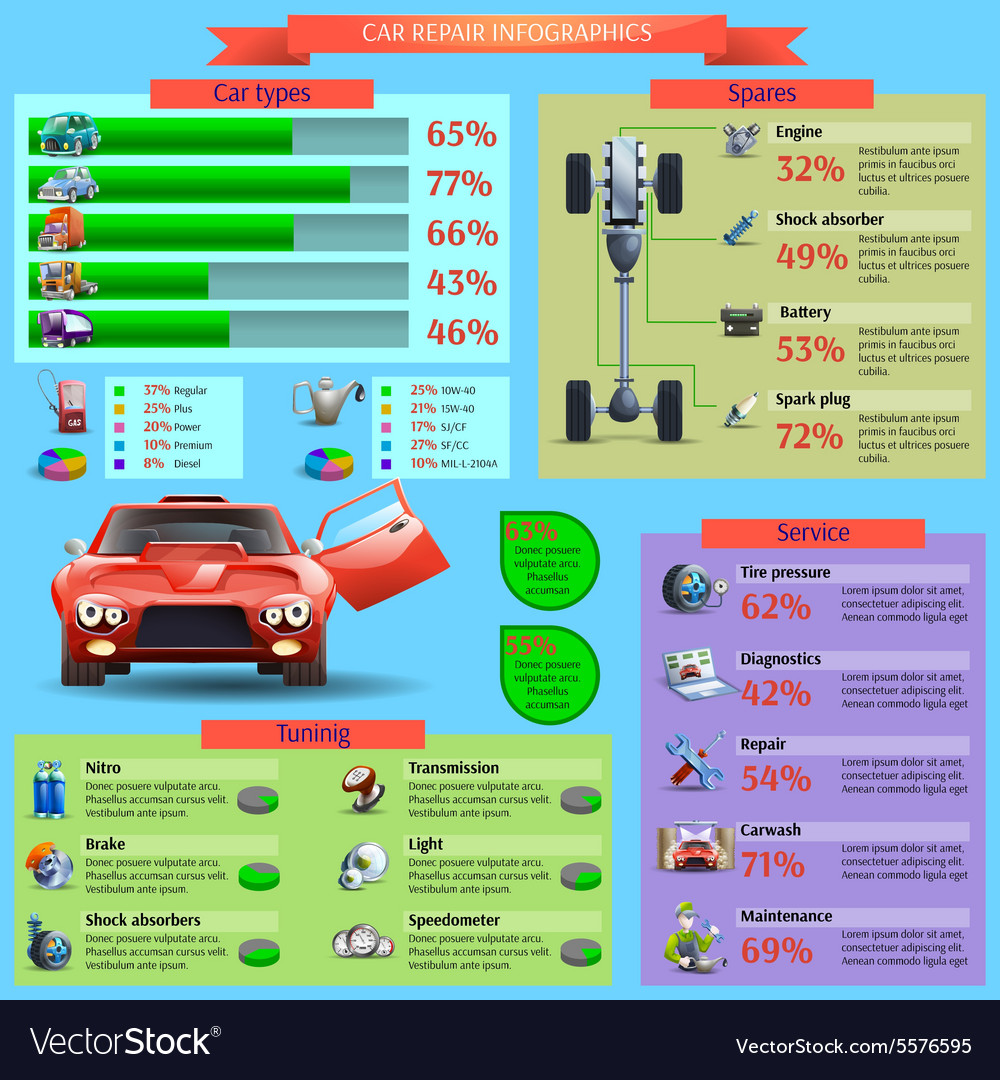Comprehending The Significance Behind Your Lorry'S Caution Lights: An Extensive Look
Comprehending The Significance Behind Your Lorry'S Caution Lights: An Extensive Look
Blog Article
Authored By-Termansen Gilbert
When you're behind the wheel, those glowing warning lights on your dashboard can be a little bit difficult. Do you understand what they're attempting to inform you about your car's wellness? Understanding the relevance of these lights is important for your safety and the long life of your automobile. So, the following time one of those lights turns up, would not you want to decode its message properly and take the needed steps to address it?
Common Caution Lighting and Interpretations
Identify typical warning lights in your cars and truck and understand their significances to guarantee risk-free driving.
One of the most typical warning lights consist of the check engine light, which indicates problems with the engine or exhausts system. If auto shine detailing begins, it's vital to have your automobile examined immediately.
The oil stress alerting light shows low oil stress, needing prompt interest to stop engine damage.
A flashing battery light might recommend a faulty billing system, potentially leaving you stranded if not resolved.
The tire stress monitoring system (TPMS) light signals you to low tire pressure, affecting vehicle security and fuel effectiveness. Neglecting carvalet could lead to unsafe driving conditions.
The ABS light shows a problem with the anti-lock stopping system, endangering your ability to quit promptly in emergency situations.
Last but not least, the coolant temperature cautioning light warns of engine overheating, which can lead to serious damage if not dealt with promptly.
Comprehending these common warning lights will certainly aid you attend to concerns quickly and preserve safe driving conditions.
Value of Prompt Focus
Understanding the typical warning lights in your auto is only the initial step; the relevance of promptly addressing these warnings can not be emphasized sufficient to ensure your security when traveling.
When a caution light illuminates on your dashboard, it's your automobile's means of interacting a potential issue that needs interest. Disregarding these cautions can cause much more serious issues down the road, jeopardizing your safety and security and potentially costing you extra out of commission.
Prompt focus to cautioning lights can prevent breakdowns and accidents. As an example, a blinking check engine light could indicate a misfire that, if left unattended, might cause damages to the catalytic converter. Addressing this quickly can conserve you from a pricey repair work.
In a similar way, a brake system cautioning light might signal reduced brake fluid or worn brake pads, critical parts for your safety when driving.
Do It Yourself Troubleshooting Tips
If you notice a caution light on your dashboard, there are a couple of do it yourself repairing suggestions you can try prior to looking for expert assistance.
The first step is to consult your automobile's manual to understand what the details caution light suggests. Sometimes the problem can be as simple as a loosened gas cap triggering the check engine light. Tightening the gas cap might solve the problem.
An additional usual problem is a reduced battery, which can cause various alerting lights. Examining the battery connections for rust and ensuring they're protected may deal with the issue.
If a warning light lingers, you can attempt resetting it by disconnecting the auto's battery for a couple of minutes and after that reconnecting it. In addition, checking your vehicle's liquid degrees, such as oil, coolant, and brake fluid, can assist troubleshoot cautioning lights related to these systems.
a knockout post
In conclusion, comprehending your cars and truck's warning lights is essential for maintaining your car running efficiently and safely. By immediately addressing these signals and knowing what they mean, you can avoid costly repair work and possible failures.
Remember to consult your car's manual for certain information on each cautioning light and take action accordingly to ensure a trouble-free driving experience.
Stay educated, remain risk-free when driving!
